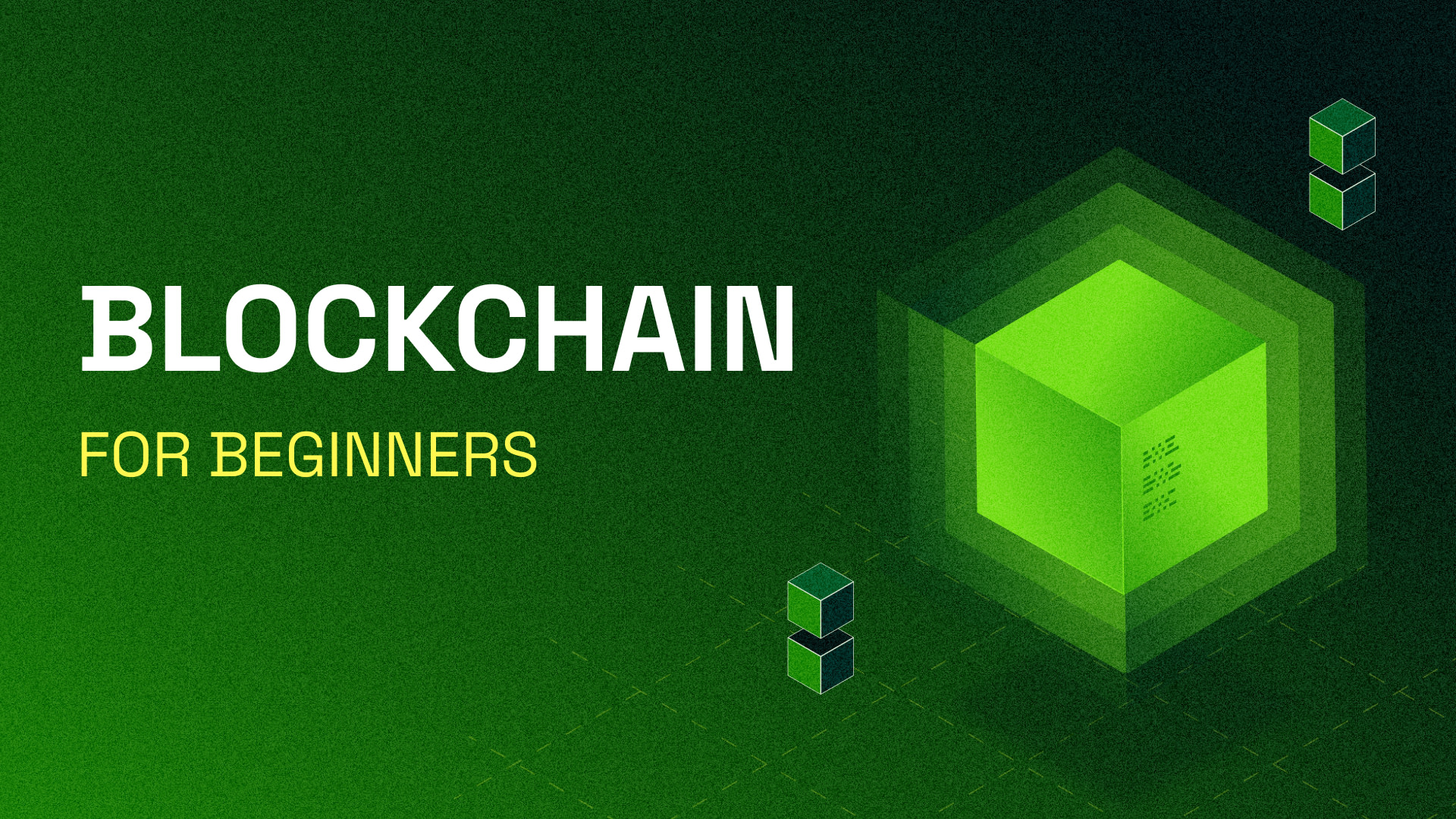Blockchain Basics
A blockchain is a decentralized digital ledger that records transactions across a network of computers. It consists of a chain of blocks, each containing a group of transactions. Key features of blockchain technology include:
- Distributed nature: The blockchain is shared across multiple nodes or validators, eliminating the need for a central authority.
- Immutability: Once recorded, transactions cannot be altered.
- Transparency: All transactions are visible to network participants.
Blockchains serve as the foundation for cryptocurrencies, enabling secure, transparent, and decentralized transfer of value without intermediaries.

Proof-of-Work vs Proof-of-Stake
Proof-of-Work (PoW) and Proof-of-Stake (PoS) are two primary consensus mechanisms used by cryptocurrencies to validate transactions and maintain network security.
Proof-of-Work (PoW) is a consensus mechanism that relies on computational power to secure the network. In this system, miners compete against each other to solve complex mathematical puzzles. These puzzles are designed to be difficult to solve but easy to verify. The first miner to successfully solve the puzzle earns the right to add the next block of transactions to the blockchain and receive rewards in the form of newly minted cryptocurrency. This process, known as mining, requires significant computational power and energy consumption, as miners continuously work to solve these puzzles and secure the network. Bitcoin is a network that uses a Proof-of-Work consensus.
Proof-of-Stake (PoS), on the other hand, takes a different approach to achieve consensus and secure the network. In a PoS system, validators are chosen to create new blocks based on the number of tokens they “stake” or lock up as collateral. In some cases, the more tokens a validator stakes, the higher their chances of being selected to validate the next block. This method requires significantly less energy and computational resources compared to PoW, as it eliminates the need for resource-intensive mining operations. Validators are rewarded for their participation in securing the network, typically through transaction fees and newly minted tokens. This incentive structure encourages validators to act in the best interest of the network, as any malicious behavior could result in the loss of their staked funds. Networks like Ethereum, Solana, and Aptos are Proof-of-Stake.
Benefits of Proof-of-Work
- Proven security: PoW has been battle-tested with Bitcoin and has shown resilience against attacks.
- Incentivizes network growth: As the value of a PoW cryptocurrency increases, more miners join the network, enhancing its security.
Benefits of Proof-of-Stake
- Energy efficiency: PoS consumes significantly less energy than other consensus mechanisms
- Scalability: PoS networks can process transactions more quickly and efficiently.
- Lower barrier to entry: Participants can stake their tokens without the need for expensive mining hardware.
Protocol Staking is not DeFi
Protocol staking is a fundamental aspect of Proof-of-Stake blockchains and should not be confused with DeFi (Decentralized Finance) activities. In protocol staking:
Validators:
- Run nodes to verify transactions and create new blocks.
- Stake a significant amount of the native token as collateral.
- Are responsible for maintaining network security and consensus.
- Earn rewards for their services to the network.
Delegators or Stakers:
- Participate in network security by delegating their tokens to validators.
- Share in the rewards earned by validators.
- Help increase decentralization by distributing stake across multiple validators.
Unlike DeFi protocols, which operate on top of existing blockchains, protocol staking is an integral part of the blockchain’s consensus mechanism. It directly supports the network’s security, decentralization, and operation.
How to Get Started Staking with Figment
Figment is a blockchain infrastructure and services provider that offers staking services for various Proof-of-Stake networks.
To begin staking with Figment:
- Choose a supported blockchain network.
- Acquire the necessary tokens for staking.
- Create a wallet compatible with the chosen network.
- Visit Figment’s website and select the desired network for staking.
- Follow the instructions to delegate your tokens to Figment’s validator.
By staking with professional validators like Figment, you can participate in securing blockchain networks and earn rewards without the need to run your own validator node.
This article provides an overview of cryptocurrency and blockchain network basics, focusing on blockchain technology, consensus mechanisms, and staking. As the cryptocurrency ecosystem continues to evolve, staying informed about these fundamental concepts will help you navigate the space more effectively.
The information herein is being provided to you for general informational purposes only. It is not intended to be, nor should it be relied upon as, legal, business, tax or investment advice. Figment undertakes no obligation to update the information herein.




